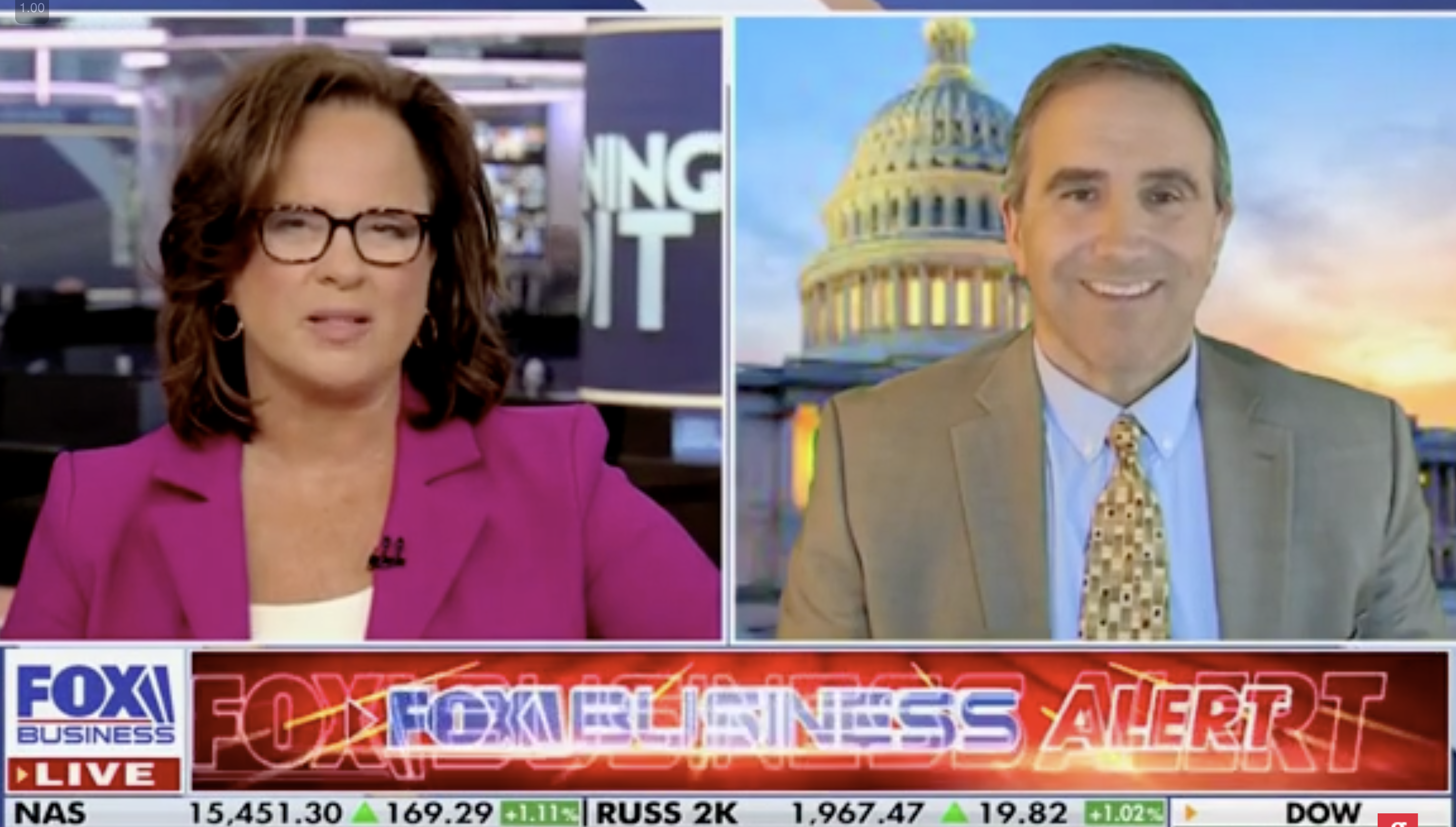What David Attenborough’s climate show didn’t tell you
http://www.thegwpf.com/what-david-attenboroughs-climate-show-didnt-tell-you/
What David Attenborough’s climate show didn’t tell you
I had thought David Attenborough would be above resorting to the subtle propaganda, linking every adverse weather event to climate change. But apparently not.

Given the reception that awaited Richard Madeley when he ventured last week that David Attenborough is “not a saint, just a broadcaster” – something which is evidently true, though I haven’t formally checked with the Vatican – one delves into this subject with some intrepidness. Nevertheless, great documentary-maker though he may be, Attenborough cannot be allowed to get away with the propaganda element of his latest piece, his documentary Climate Change: the Facts which went out on Thursday evening.
Before I get going, don’t even bother thinking of calling me a climate change denier in the pockets of oil companies, or whatever. I am happy to accept the observable facts: the carbon dioxide content of the air has climbed substantially from under 300 parts per million (ppm) to 400 ppm over the past century, that temperatures have increased by 0.1 Celsius per decade over the past century, and that global sea levels are rising by an average of 3 mm a year. These are enough of a concern in themselves. There is every reason why we should be acting to phase our fossil fuels as soon as is practically possible without causing harm to the global economy – something which would itself have devastating impacts on living standards.
But what I won’t let go is this growing practice – which is lazy at best and quite often born of scurrilous motives – of trying to link every adverse weather event to climate change. In this, Attenborough’s documentary was a masterclass. It wasn’t so much what he was saying as that he resorted to the same trick used by Al Gore and many others who have made films on the subject – running a discourse on climate change against footage of devastating hurricanes, wildfires and other disasters. While Attenborough did say on a couple of occasions during the film that it was not possible to link any particular weather event to climate change he must know how viewers – especially sensitive, younger ones are going to ingest it. He will have succeeded in planting the idea in many thousands if not millions of minds that every time we have a storm, a flood, a wildfire or anything else, we are watching climate change in action.
If you are going to present a film called Climate Change: the Facts the very least you should be doing is, well, presenting the facts. Well here they are, in two of the areas which made up such a hefty part of the film: wildfires and hurricanes. Are wildfires increasing? They are according to Attenborough. One of the scientists who takes part in the programme, Professor Michael Mann of Penn State University, goes as far as to say there has been a “tripling in the extent of wildfires in the Western US”. He is not specific about his evidence for this claim, nor said over what timeframe wildfires are supposed to have trebled, but it is not a fair assessment of the data collected by the US Environment Protection Agency (EPA). This shows no upwards trendin the number of wildfires in the US over the past 30 years. Take another way of measuring wildfires – the acreage burned, in figure two of this data – and there is an upwards trend since the 1980s. Look at the state-by-state data (figure three) and, if you are very selective and take the case of Idaho, you could even say the acreage burned has trebled in the past 30 years.
But then again, go back further, to the 1920s, and you see that both the number of US wildfires and acreage burned in them hasplummeted.
That is nothing to do with the climate – more down to firefighters getting better at tackling fires. But that reduction in wildfires – which, after all, were occurring naturally long before Europeans arrived in the US – has brought with it a problem: deadwood is not being cleared out at the rate which it used to be. As a result, when a wildfire does take hold, it tends to be a more powerful fire, which is one reason large acreages tend to get burned when fires do take hold. That was a large part of the debate which followed the wildfires in California last November.
But I know what will have entered the heads of many of Attenborough’s viewers: that wildfires are being caused by climate change and that is that.
The same will be true for hurricanes. If you are child, for whom hurricanes are a novel phenomenon, watching the film will have given you the impression that hurricanes are pretty much a function of man-made climate change. A voiceover, indeed, makes the claim that climate change is causing ‘greater storms’. But again, the data on cyclone activity in the Atlantic, Gulf and Mexico and Caribbean does not support that idea. Figure one shows a very slight upwards trend in the number of hurricanes occurring in these waters but a flat or perhaps slightly downwards trend in the number of hurricanes making landfall in the US. There are two other methods of measuring hurricane activity which are used by the EPA. The first, the accumulated cyclone index (figure two) shows no obvious trend over the past 70 years. The second, the ‘power dissipation index’ shows an upwards spike in the early years of this century, followed by a reversion to mean since then.
Nor do the projections – bearing in mind all the uncertainties inherent in them – suggest any great increase in hurricanes in future.
Full post
The post What David Attenborough’s climate show didn’t tell you appeared first on The Global Warming Policy Forum (GWPF).



